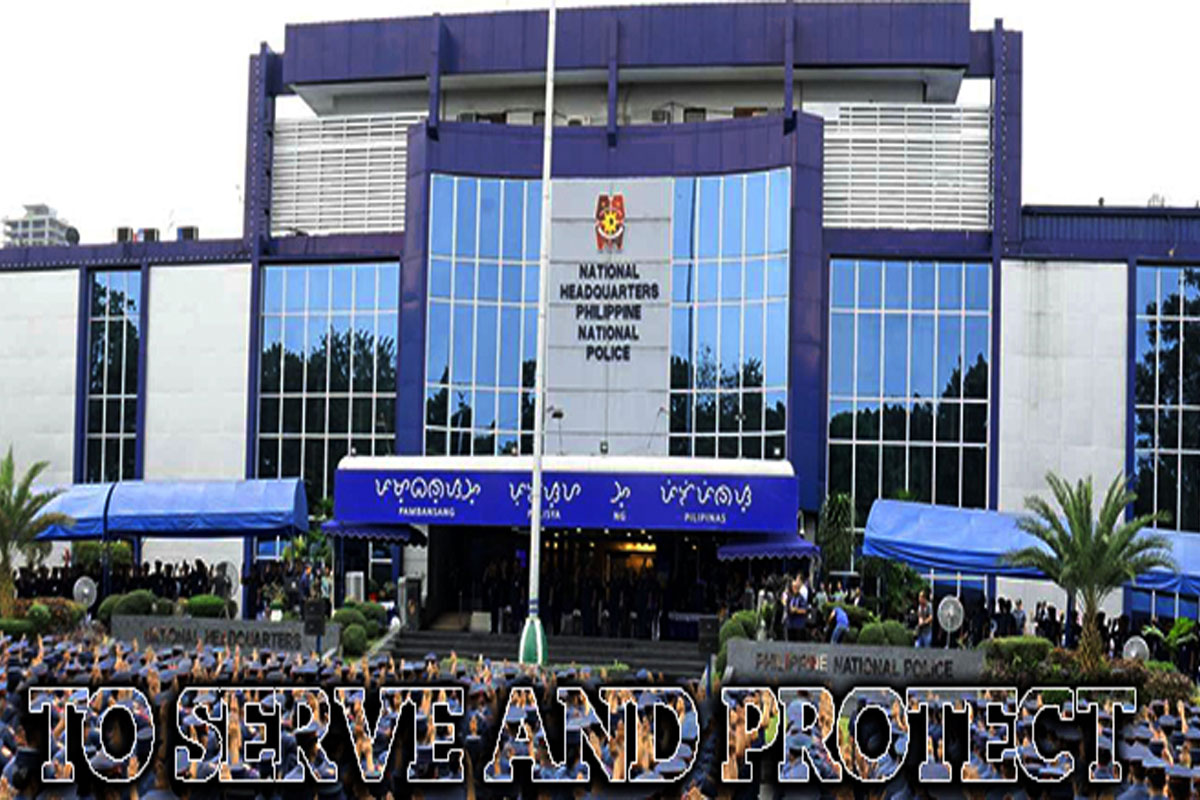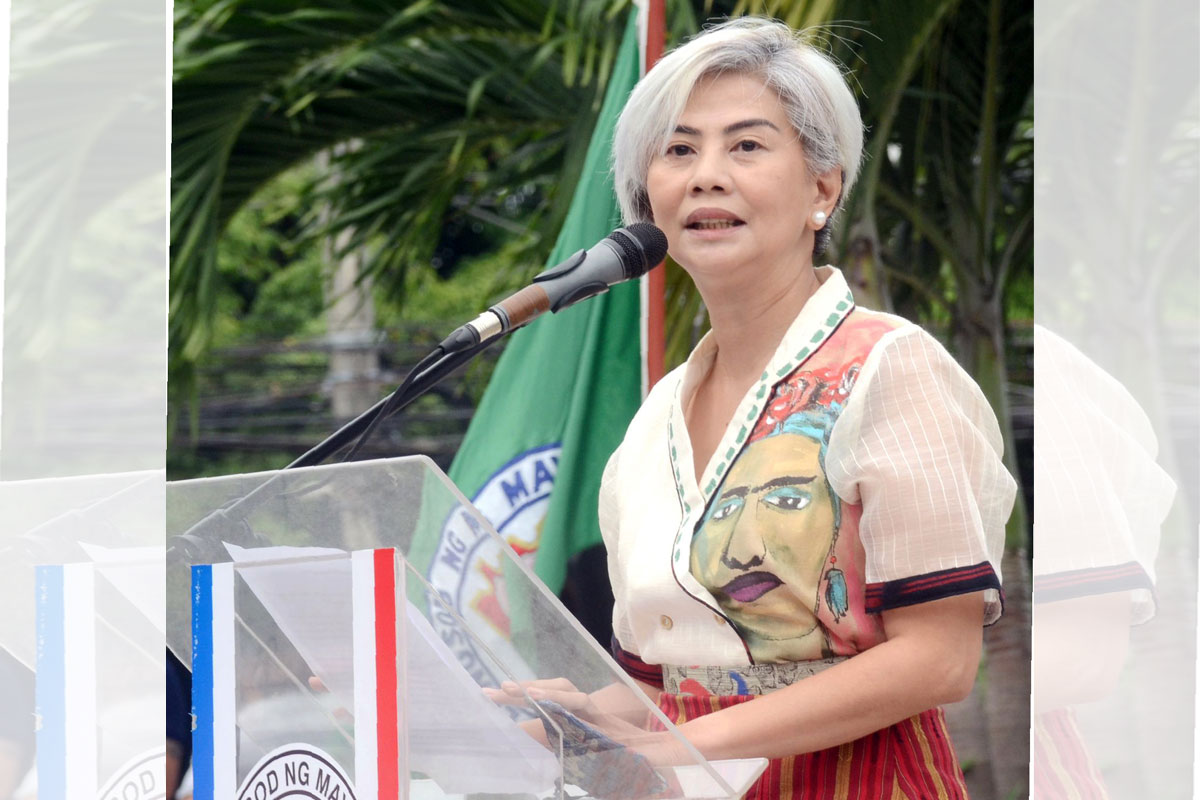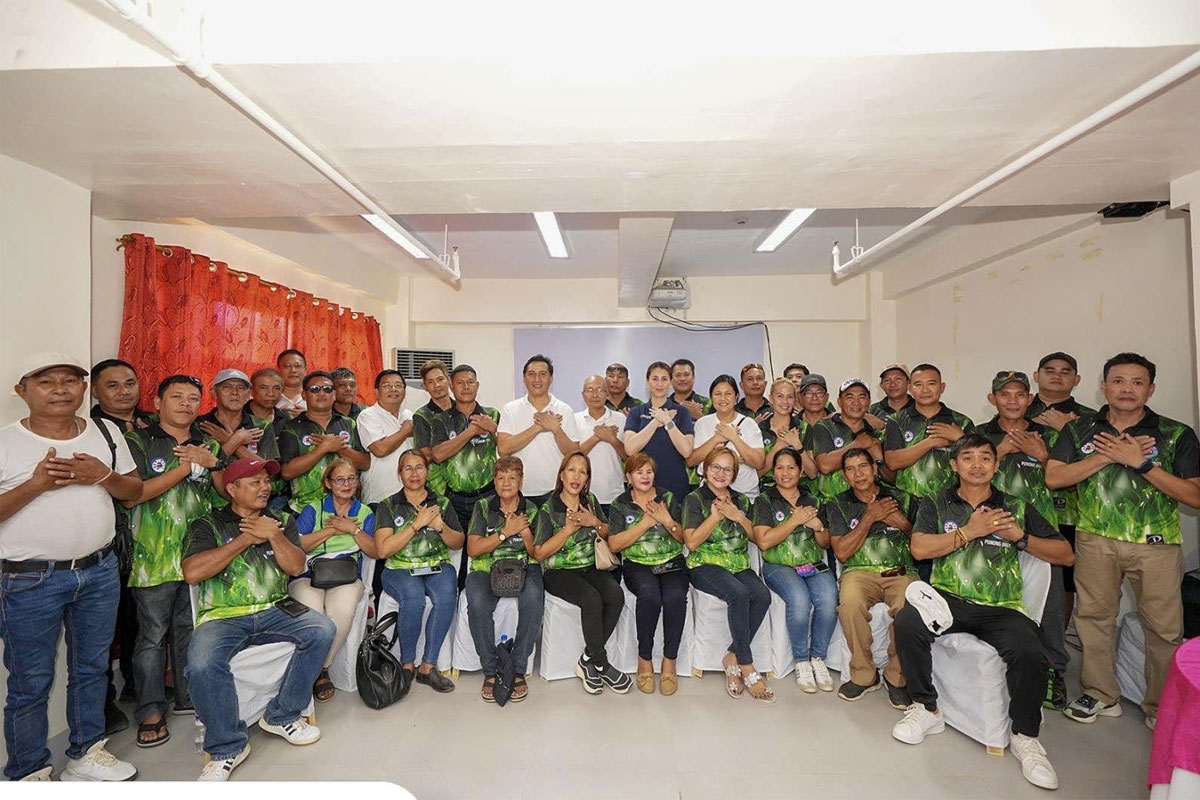
DENR, UP join hands for tarsier conservation
THE continuing conservation of endangered Philippine tarsiers in Mt. Matutum, South Cotabato will be receiving a new “boost” as the Department of Environment and Natural Resources (DENR) launches another special project for the conservation effort.
The DENR and the University of the Philippines (UP) Diliman will jointly conduct a study on the Philippine Tarsier in Mt. Matutum to better understand the ecology and behavior of Philippine tarsiers within Mt. Matutum Protected Landscape (MMPL) to enhance and supplement conservation efforts in the Tarsier Sanctuary.
The International Union for the Conservation of Nature (IUCN) classified the Philippine tarsier as endangered in 1986, 1988, and 1990.
In 2008, it was reclassified as “near threatened”.
While tarsiers have been known to be popular in Bohol, the nocturnal (active at night) primate endemic to the Philippines has also been found in Siargao Island, Maripipi Island, Dinagat Island, Samar, Leyte, and Basilan.
Tarsiers are one of the smallest primates (where monkeys and the human species belong), and their height ranges from only 3.35 to 6.30 inches.
Tarsiers weigh 80 to 160 grams and are arboreal (tree-living) creatures.
Meanwhile, the DENR also launched a project to evaluate carbon input in reforested and secondary forests in Mount Timolan Protected Landscape, Zamboanga del Sur.
Zamboanga del Sur Provincial Government College will implement the project on the Mt. Timolan Protected Landscape.
The said project will study differences in the production and decomposition for quantifying carbon input in reforested and secondary forests in Mt. Timolan Protected Landscape.
The Mt. Timolan Protected Landscape, spanning over 1,994,79 hectares and a buffer zone of 695.39 hectares, is an important watershed.
It supports river systems that are sources of irrigation for many rice farms.
According to the Philippine Clearing House Mechanism for Biodiversity, 80% of Mt. Timolan’s landscape consists of dipterocarp forests, while seven percent is made up of man-made forest plantations of Gmelina and Acacia.
DENR Acting Secretary Jim O. Sampulna said that the special projects are under DENR’s Foreign Assisted and Special Projects Service (FASPS), where DENR shells out its fund for special conservation programs.
During the launching of the two special projects at the Radisson Hotel, Sampulna said that the projects’ signing of a memorandum of agreement (MOA) – indicates that successful partnerships lead to attaining shared goals on sustainable development.
The partnerships extend to international agencies, the academe, and other government and civic institutions.
“The project in Mt. Timolan will surely help achieve the country’s international commitment to climate change,” Sampulna said.




















